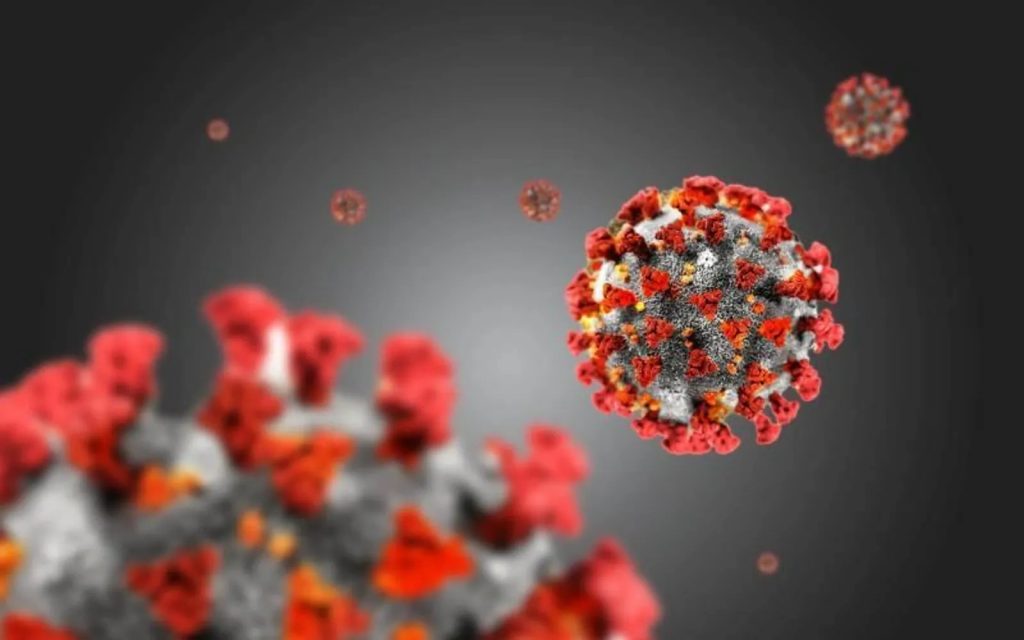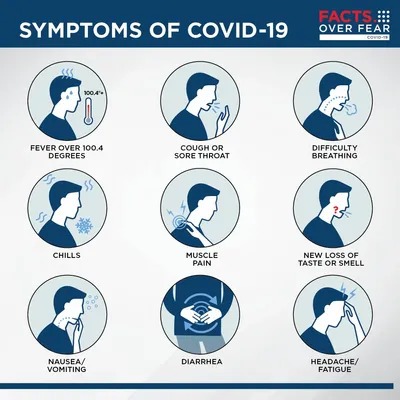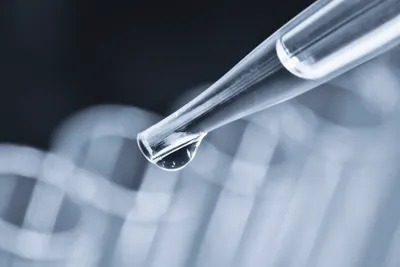CORONAVIRUS (COVID-19) TEST AVAILABLE! **RESULTS IN 24 HOURS OR LESS**
CENTERS FOR DISEASE CONTROL AND PREVENTION
Get the Facts About Coronavirus
Visit CDC Website: https://www.cdc.gov/coronavirus/2019-nCoV/index.html

People with COVID-19 have had a wide range of symptoms reported – ranging from mild symptoms to severe illness. Symptoms may appear 2-14 days after exposure to the virus. People with these symptoms may have COVID-19:
This list does not include all possible symptoms. CDC will continue to update this list as we learn more about COVID-19.



There is currently no vaccine to prevent coronavirus disease 2019 (COVID-19).
The best way to prevent illness is to avoid being exposed to this virus.
The virus is thought to spread mainly from person-to-person.
Wash your hands often with soap and water for at least 20 seconds especially after you have been in a public place, or after blowing your nose, coughing, or sneezing.
If soap and water are not readily available, use a hand sanitizer that contains at least 60% alcohol. Cover all surfaces of your hands and rub them together until they feel dry.
Avoid touching your eyes, nose, and mouth with unwashed hands
Inside your home: Avoid close contact with people who are sick.
Outside your home: Put 6 feet of distance between yourself and people who don’t live in your household.
You could spread COVID-19 to others even if you do not feel sick.
The mask is meant to protect other people in case you are infected.
Everyone should wear a mask in public settings and when around people who don’t live in your household, especially when other social distancing measures are difficult to maintain.
Masks should not be placed on young children under age 2, anyone who has trouble breathing, or is unconscious, incapacitated or otherwise unable to remove the mask without assistance.